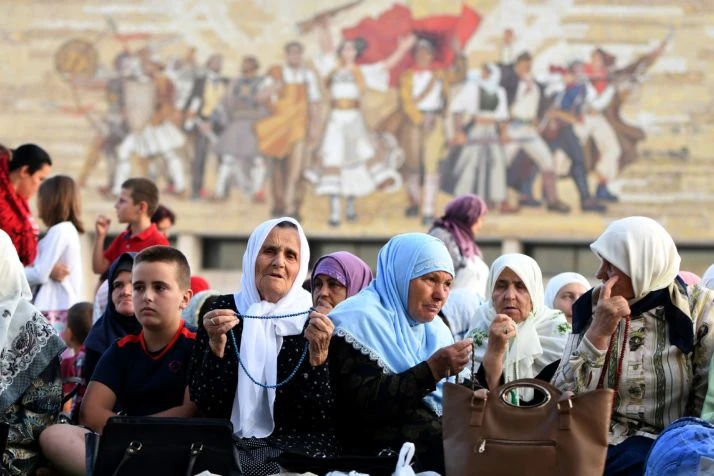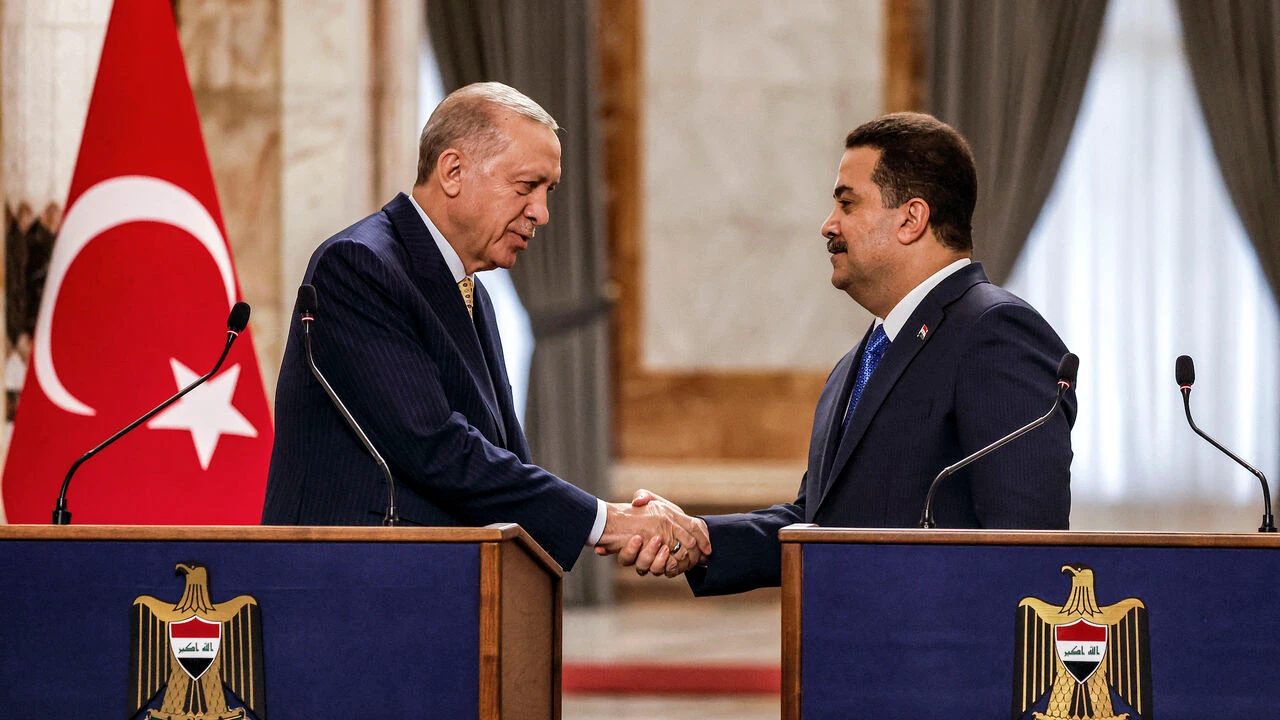Albania’s Muslim population drops below 50% for first time in centuries
 Albanian Muslim women attend the morning pray during the Eid al-Adha Festival (Feast of Sacrifice), at Skanderbeg square in Tirana, on August 11, 2019. (AFP Photo)
Albanian Muslim women attend the morning pray during the Eid al-Adha Festival (Feast of Sacrifice), at Skanderbeg square in Tirana, on August 11, 2019. (AFP Photo)
The 2023 census of Albania has shown a notable demographic change that marks a historic transformation in the religious scene of the nation. Muslims are no longer the majority of the population for the first time in more than 200 years.
The Muslim count dropped to 45.7% based on the most recent census figures. This is a clear departure from past years when Muslims often accounted for the majority. On the other hand, the nonreligious population has grown somewhat steadily, reaching 23.4%. Furthermore, the Orthodox Christian community has expanded and now accounts for 20% of the population overall.
The census also revealed a notable 15% general population drop throughout the last ten years. From 2.8 million noted in 2011, the current total population is 2.4 million, down from Experts blame emigration, decreased birth rates and changes in religious and ethnic demography among other things for this fall.
These demographic shifts mirror more general patterns and changes within Albanian society. Particularly among young individuals looking for better possibilities elsewhere, emigration has had a major influence on population numbers. A similar tendency in many European nations decreased birth rates have also helped to lower the population.
Furthermore, pointing to shifting views toward religion and identity in Albania are the increase in the nonreligious population and the expansion of the Orthodox Christian group. These changes can affect the social and cultural fabric of the nation in the long run.



